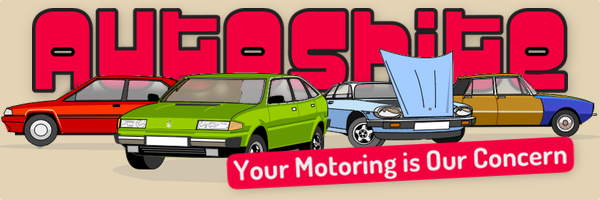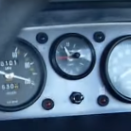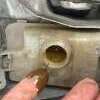Eye-catching black and whites
-
Similar Content
-
A white Renner Espace
By purplebargeken,
- 19 replies
- 2,091 views
-
Polo G40 - when black became grey 1 2 3
By 4wheeledstool,
- 89 replies
- 19,480 views
-
- 127 replies
- 16,014 views
-
- 402 replies
- 42,488 views
-
Do we know anyone who has (had) a white Scirocco II?
By Alusilber,
- 7 replies
- 889 views
-







Recommended Posts
Create an account or sign in to comment
You need to be a member in order to leave a comment
Create an account
Sign up for a new account in our community. It's easy!
Register a new accountSign in
Already have an account? Sign in here.
Sign In Now